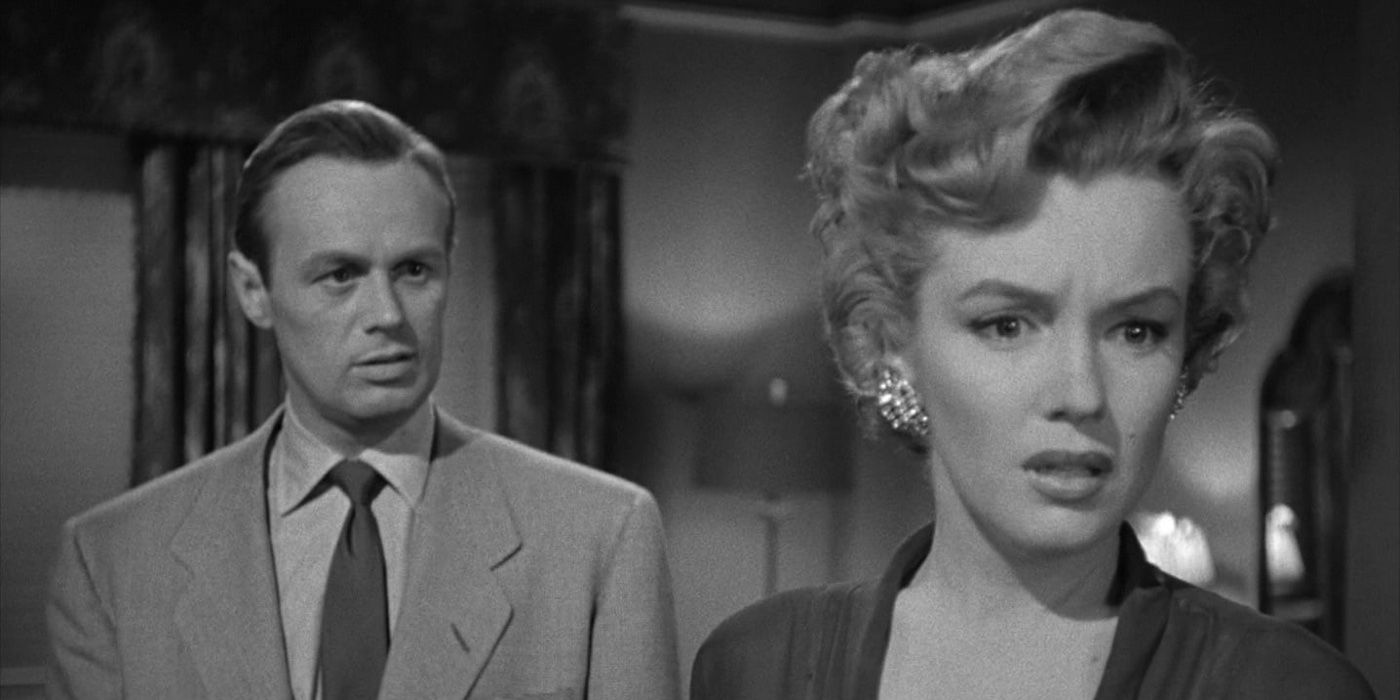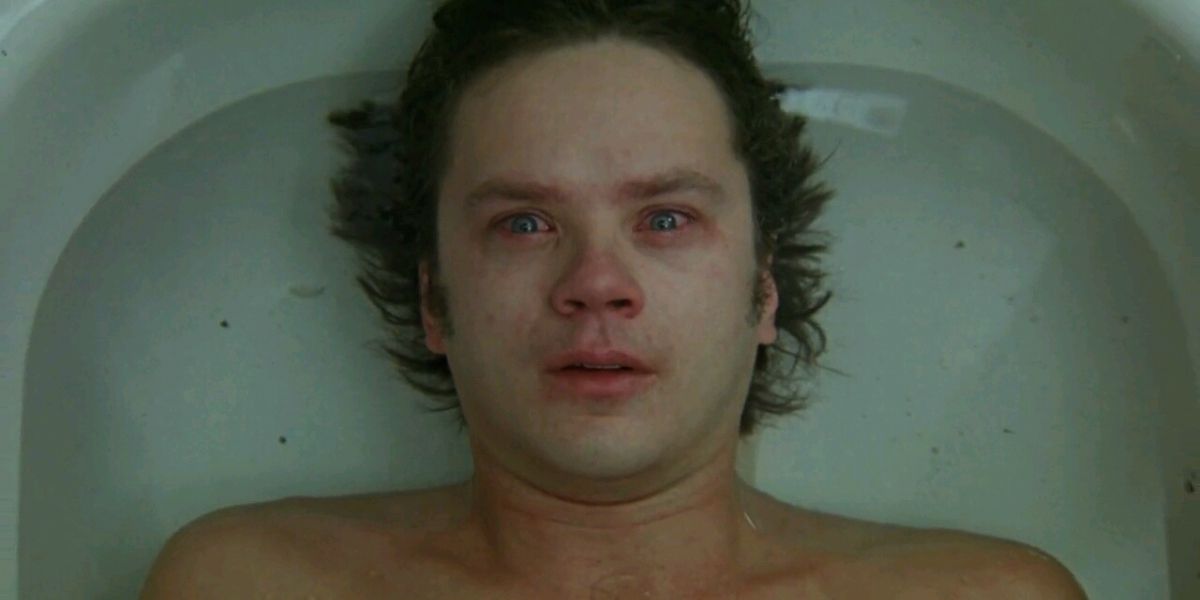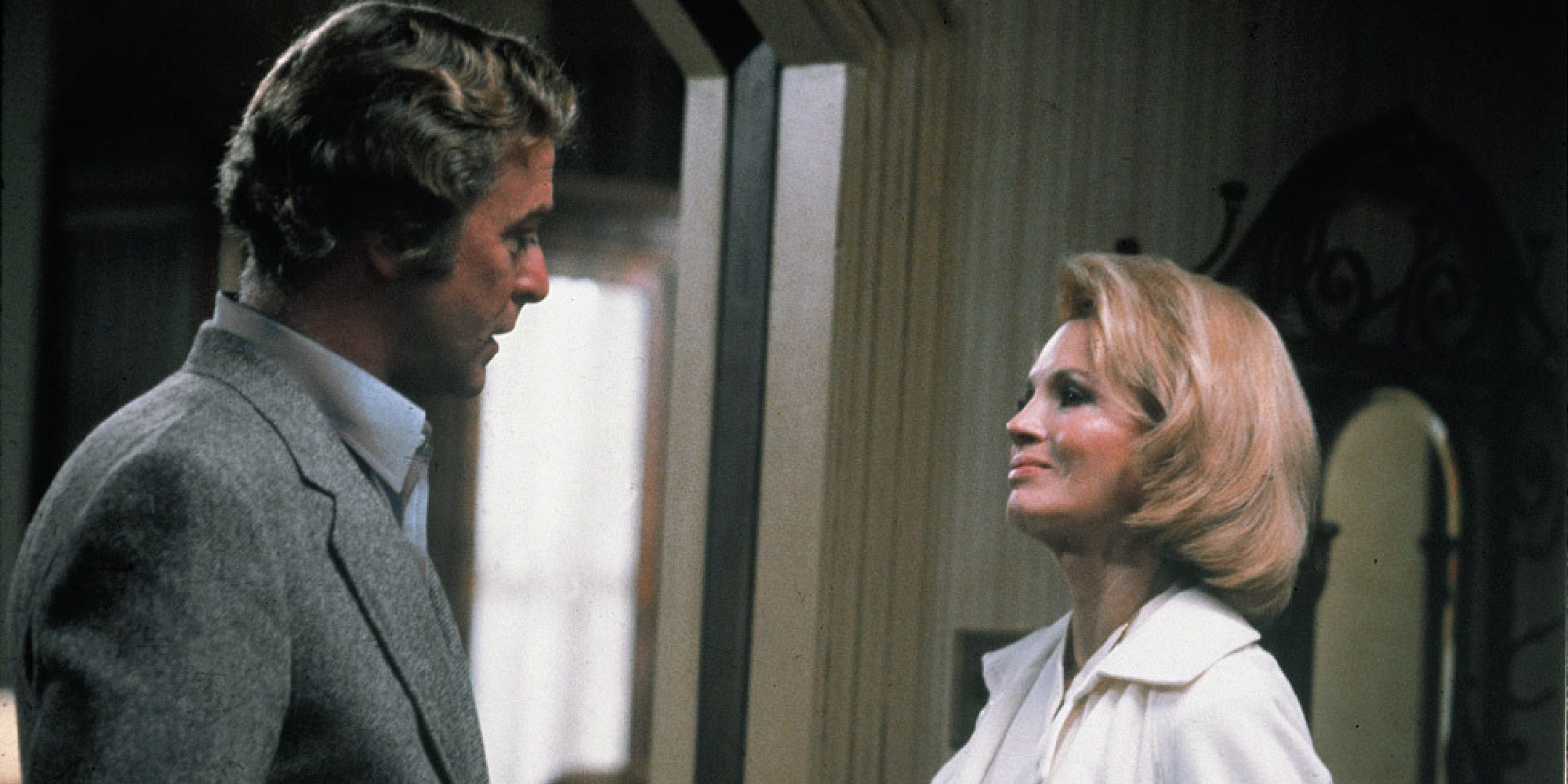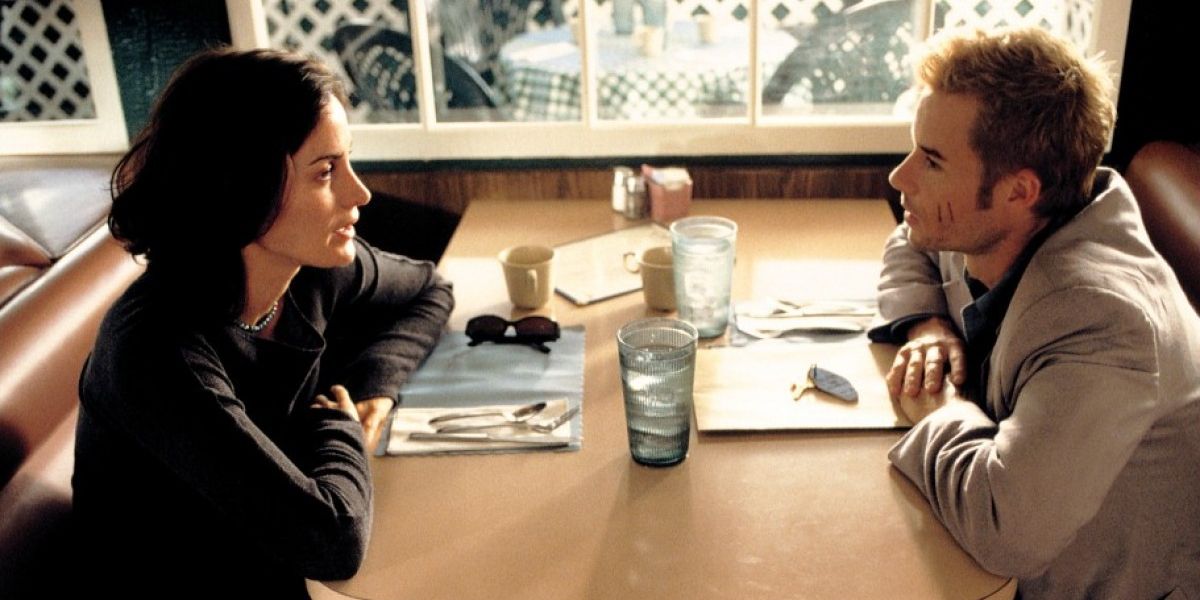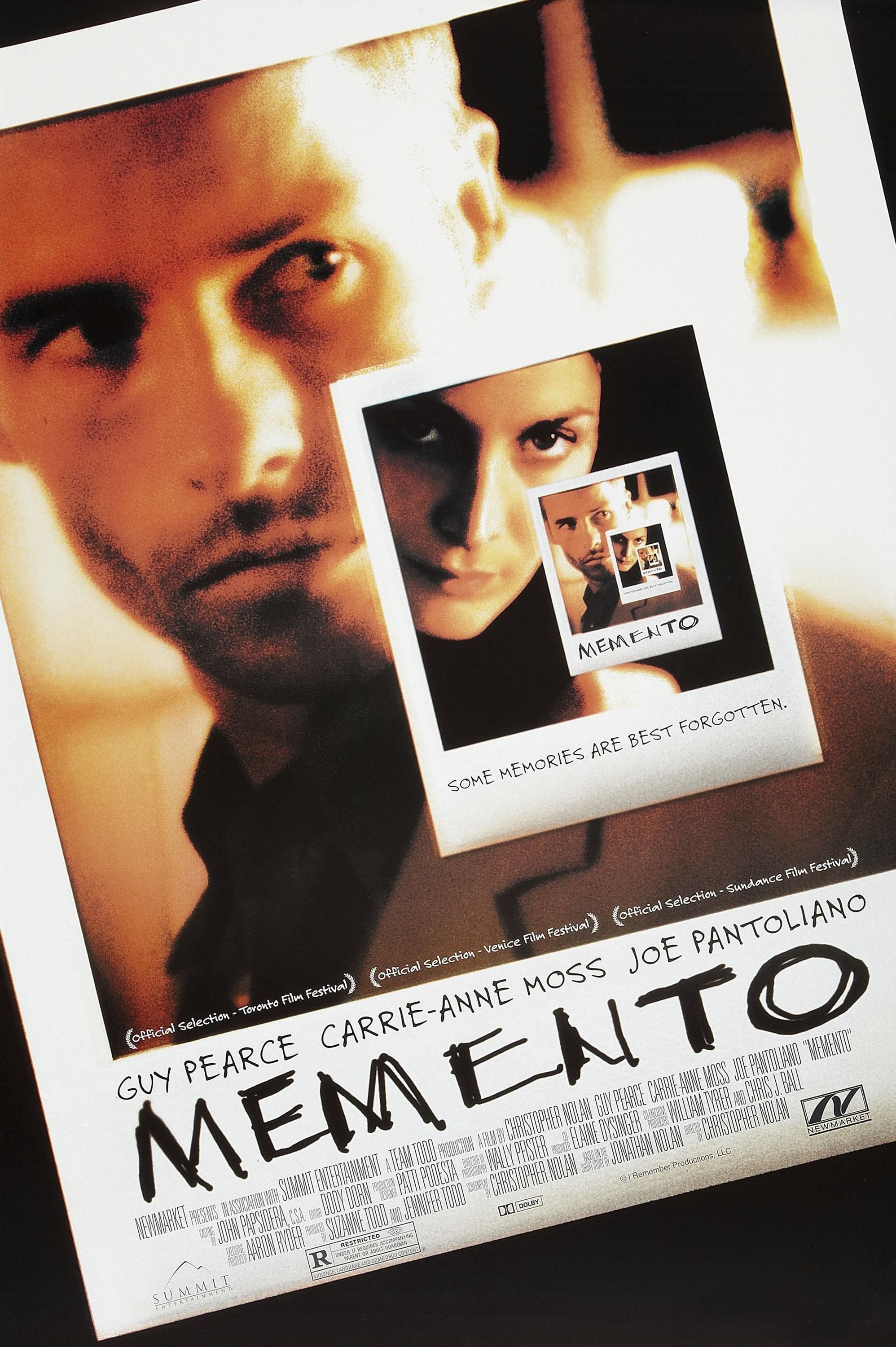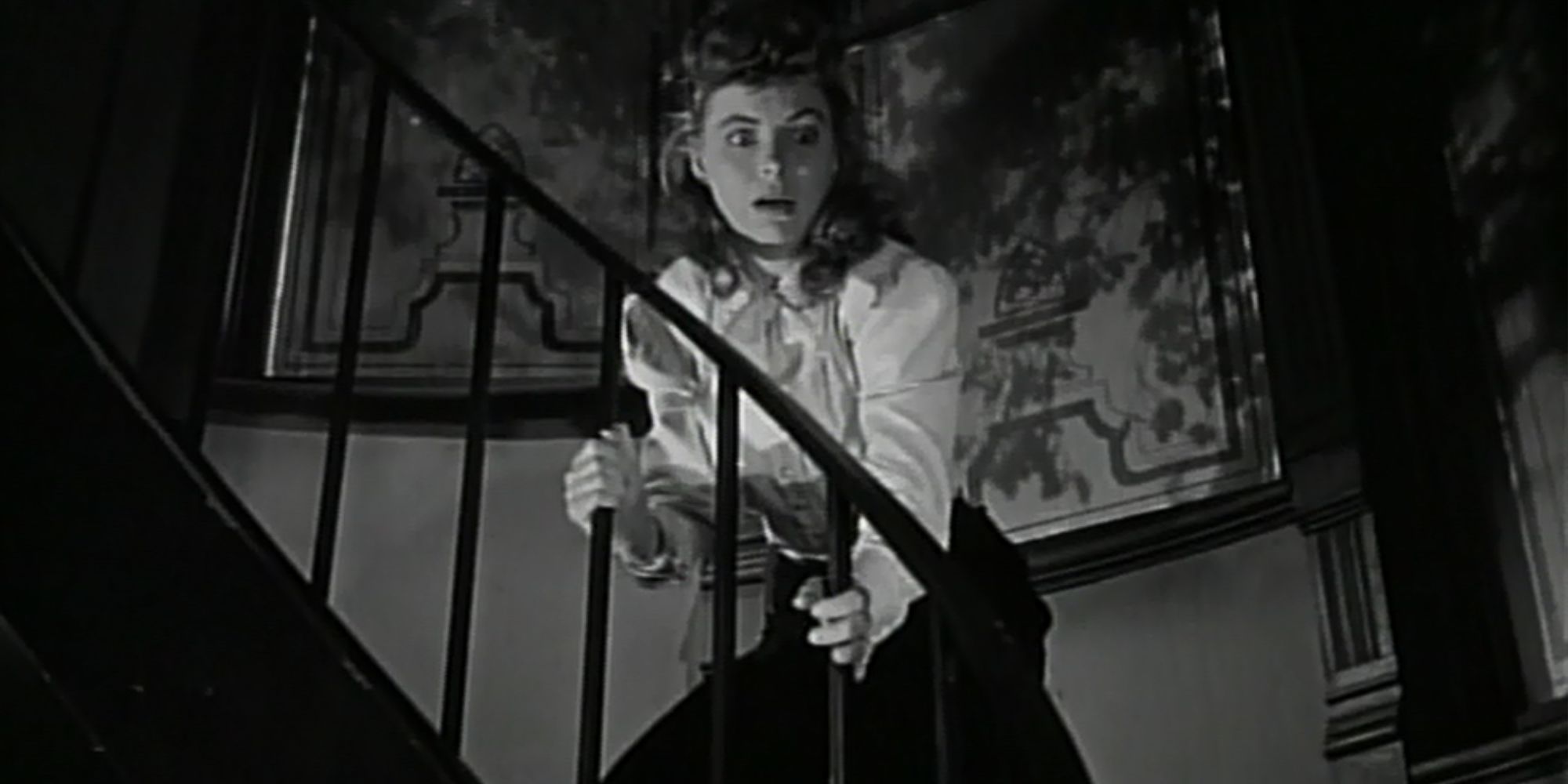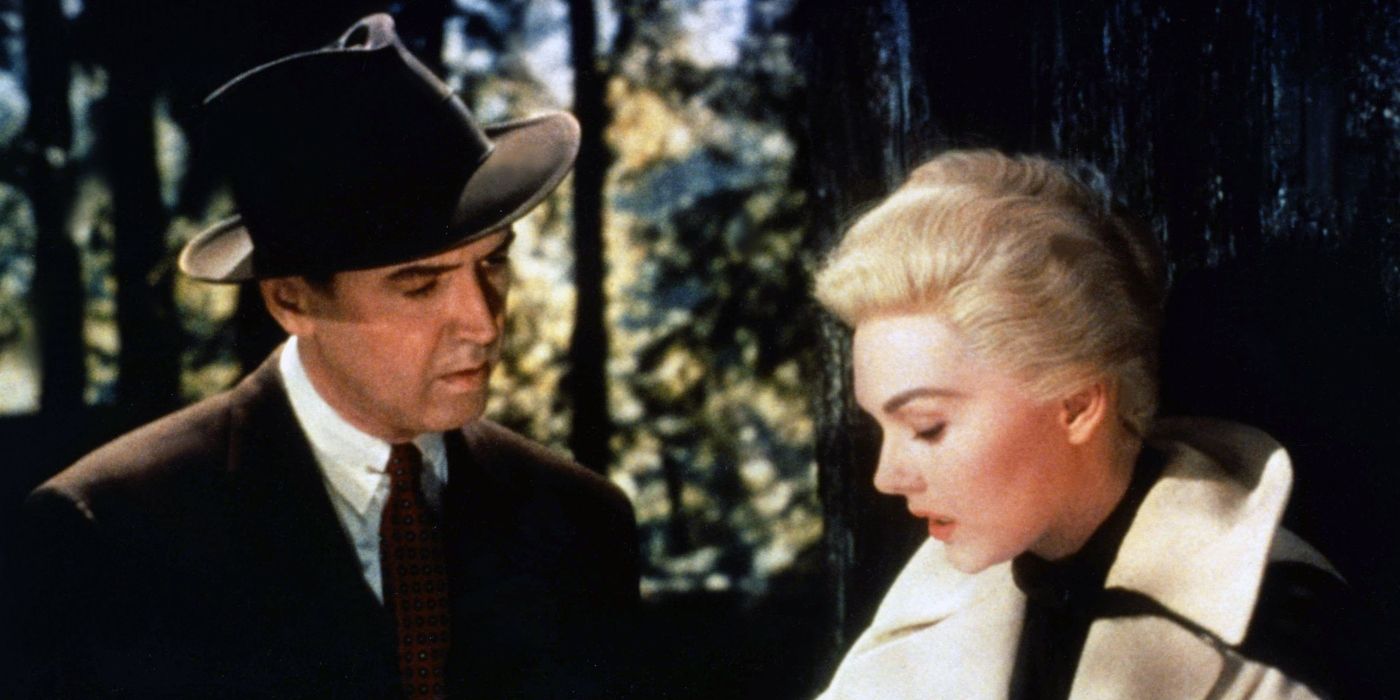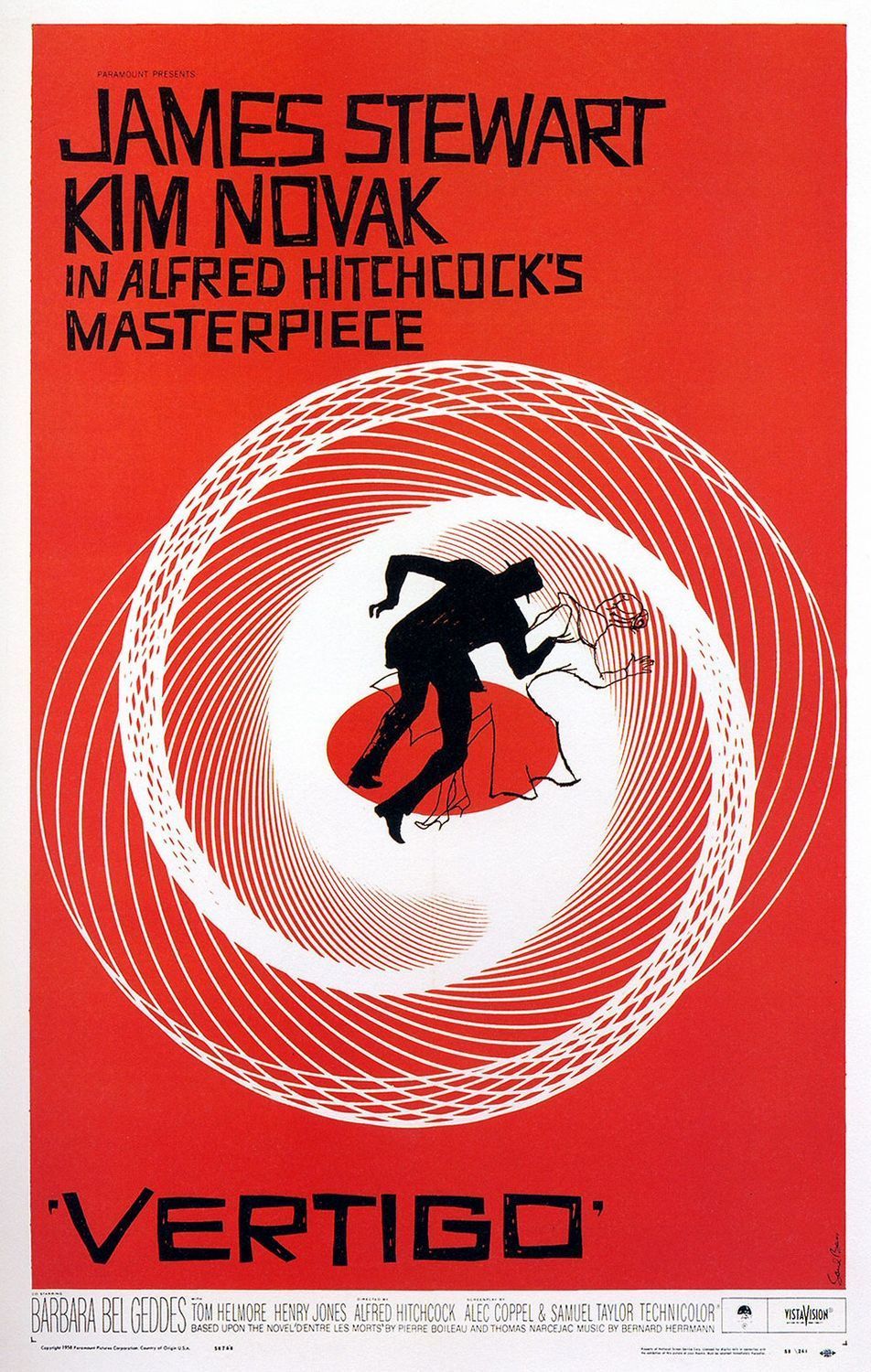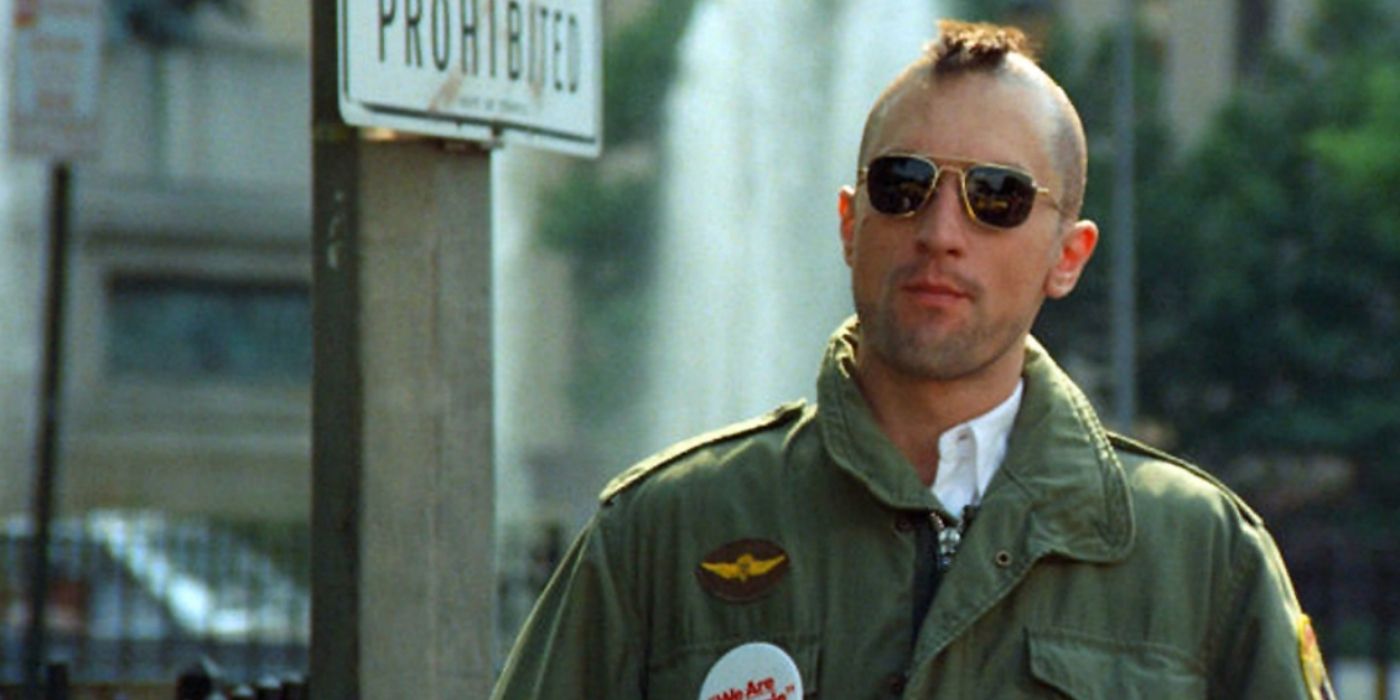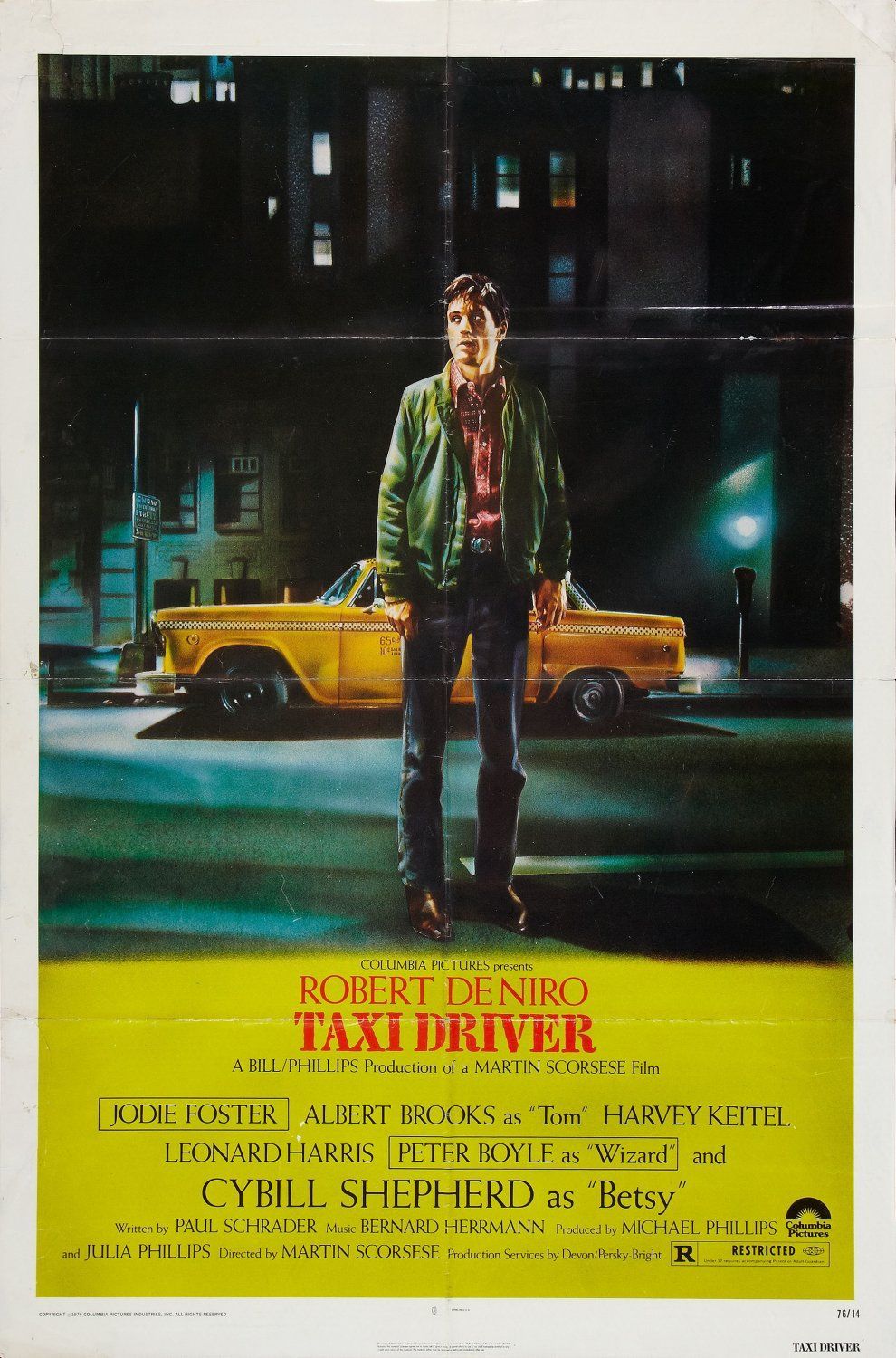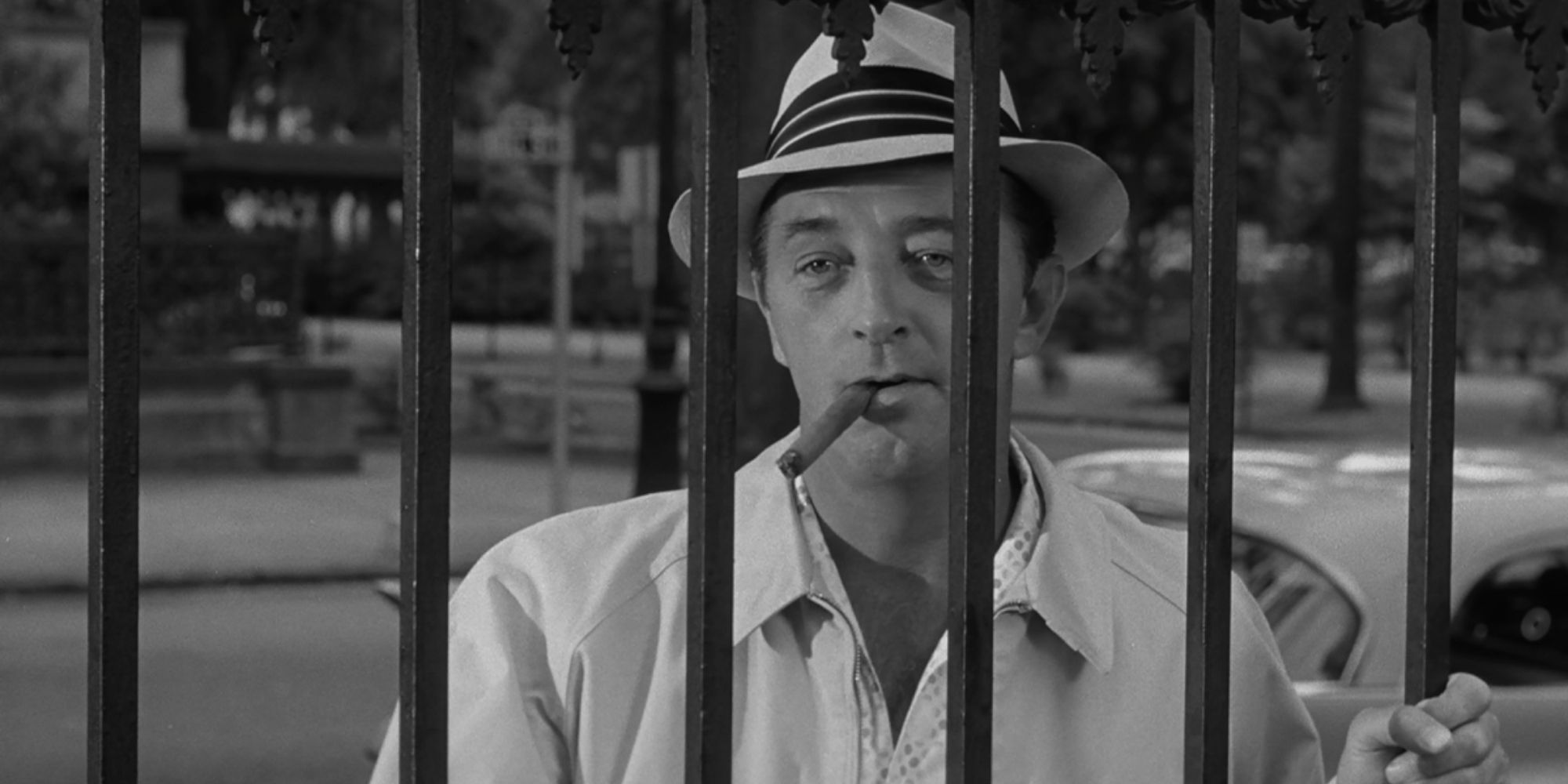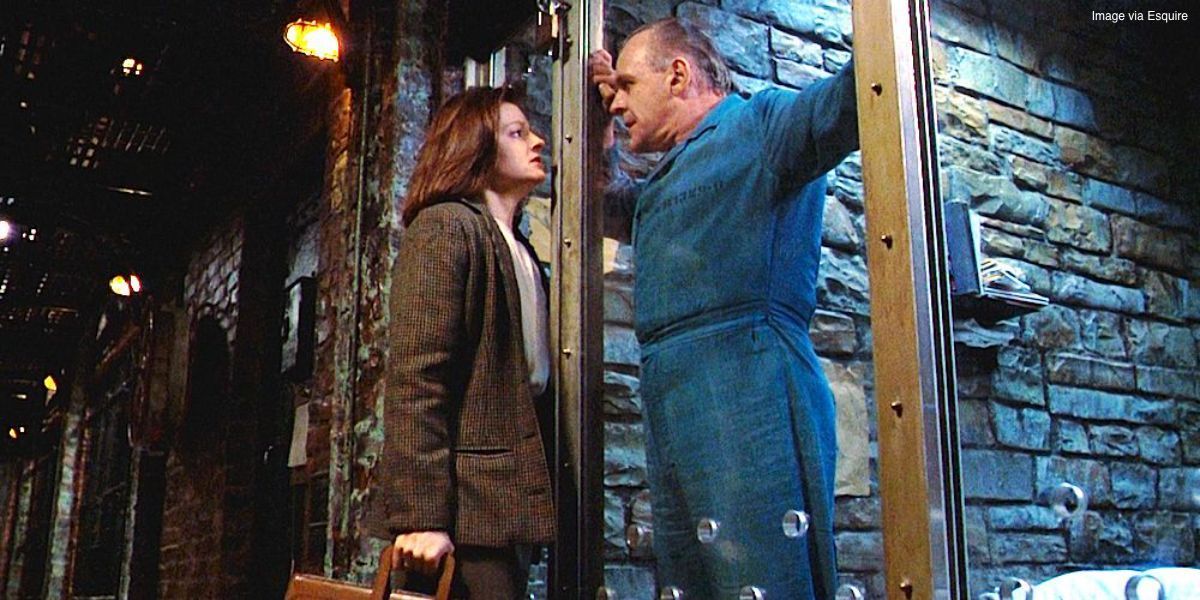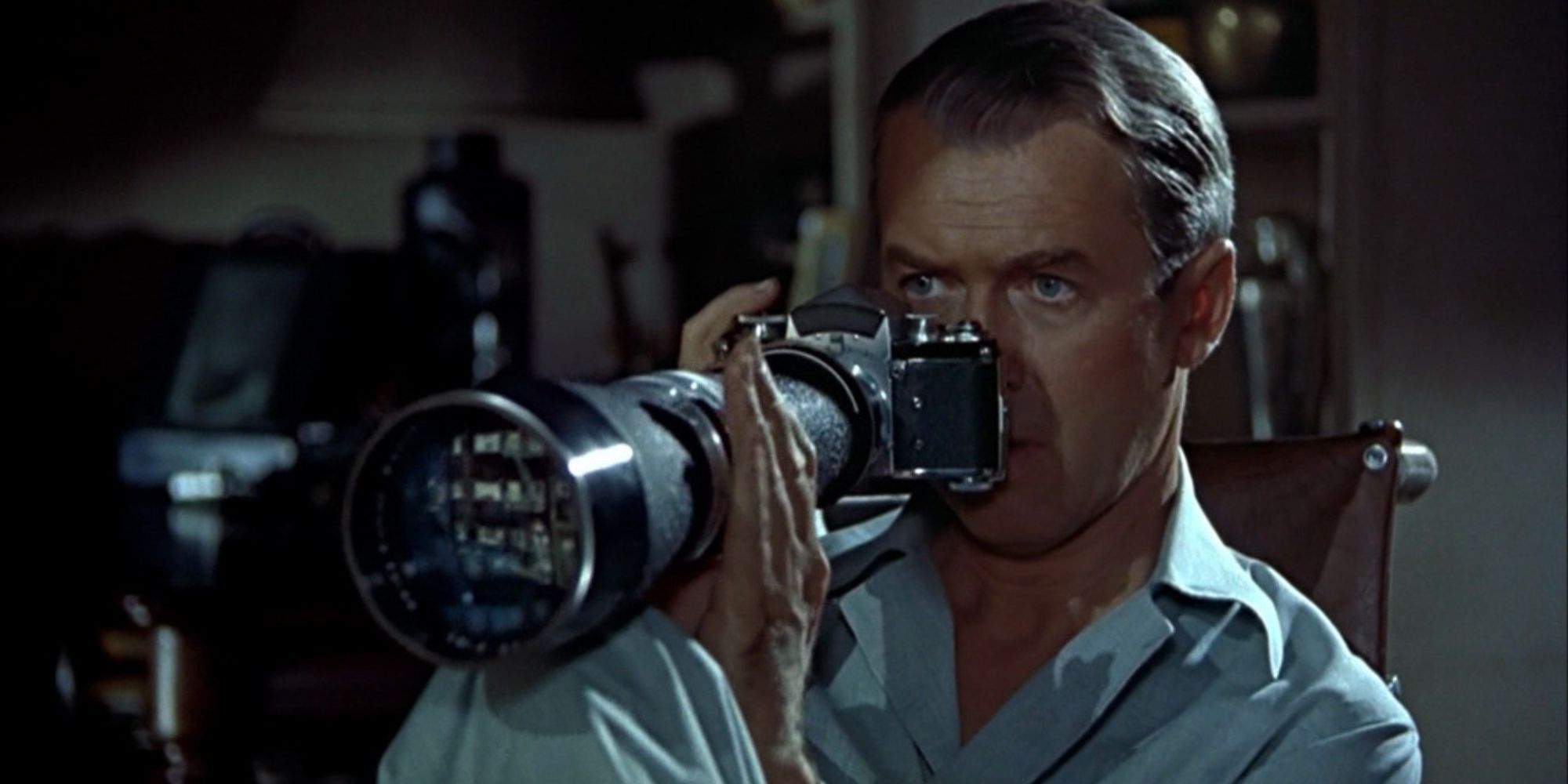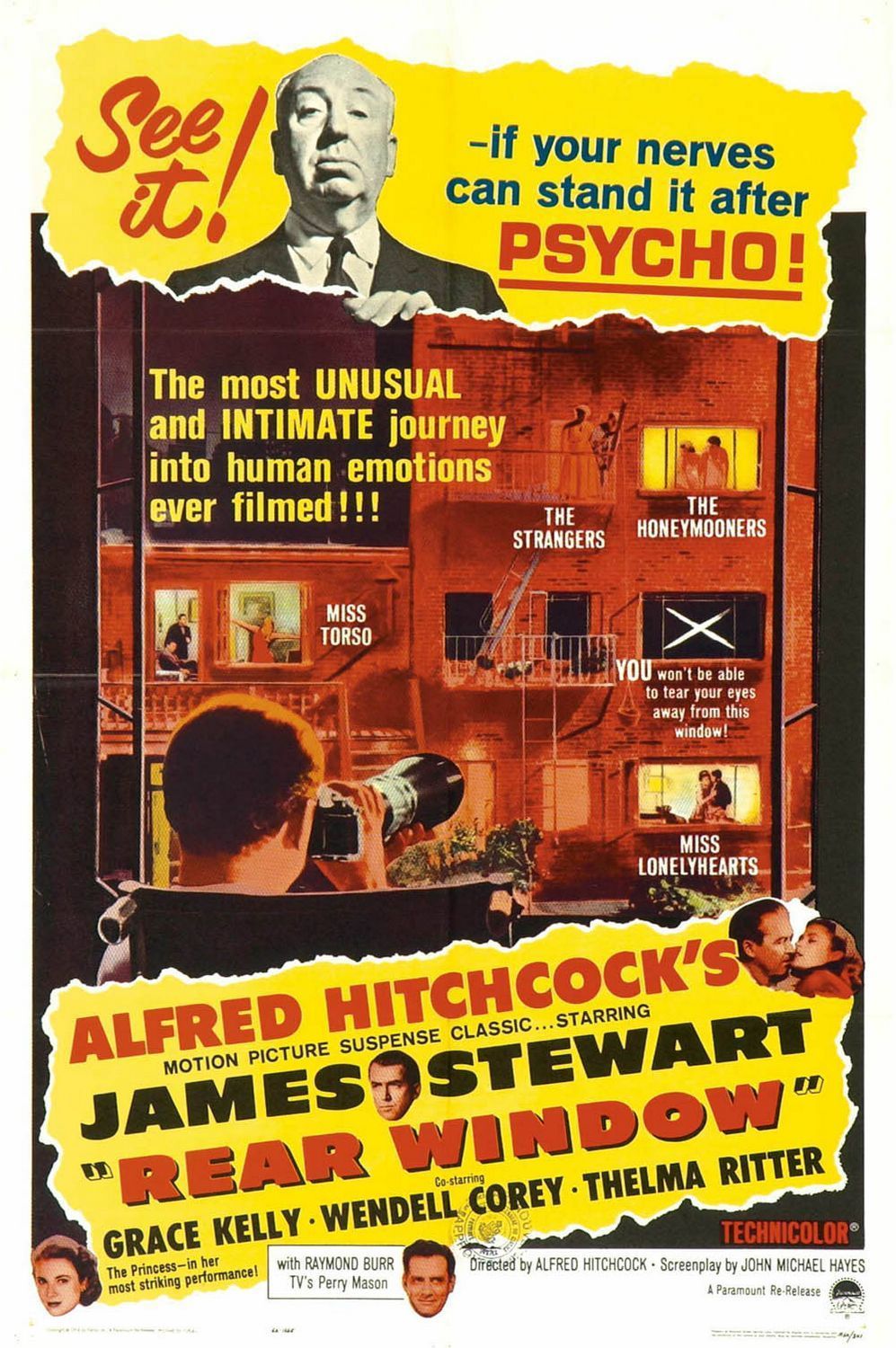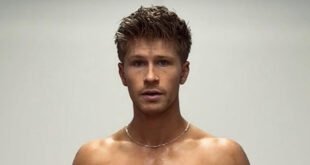Most thrillers are designed to incite a reaction from audiences through action and the character’s physical movements, but when it comes to the psychological thriller, the genre takes a different route and instead relies on a character’s mentality and emotional state to essentially instigate both a sense of excitement and suspense within its audiences. Most psychological thrillers incorporate various elements, including mystery, paranoia, and horror, making it a versatile film genre that typically has something for every movie fan.
Through the years, there has been an abundance of psychological thrillers, such as Cape Fear, Martin Scorsese‘sTaxi Driver, and The Silence of the Lambs, that, without question, reign supreme in the film genre. From the underrated noir thriller, Don’t Bother to Knock, starring Marilyn Monroe, to Alfred Hitchcock‘s essential classic, Rear Window, these are ten must-watch psychological thrillers, ranked.
10
‘Don’t Bother to Knock’ (1952)
Directed by Roy Ward Baker
Richard Widmark stars as a pilot, Jed Towers, who, while staying at a New York hotel, meets a young woman, Nell Forbes (Marilyn Monroe), who is babysitting a child at the same hotel. Initially, Jed is intrigued by the woman’s undeniable beauty and charm, but as the evening progresses, her behavior becomes increasingly unsettling, leading Jed to believe that she’s completely unhinged.
Don’t Bother to Knock is a marginalized psychological thriller based on the 1951 novel, Mischief, by Charlotte Armstrong. The movie is a slow-burning classic, setting the stage of a traditional boy meets girl scenario and meticulously turns the tides as the true nature of Monroe’s character begins to unravel. Initially, the film was met with mixed reviews, but in recent years, Don’t Bother to Knock has gained immense support and is noted for being one of Monroe’s darkest roles.
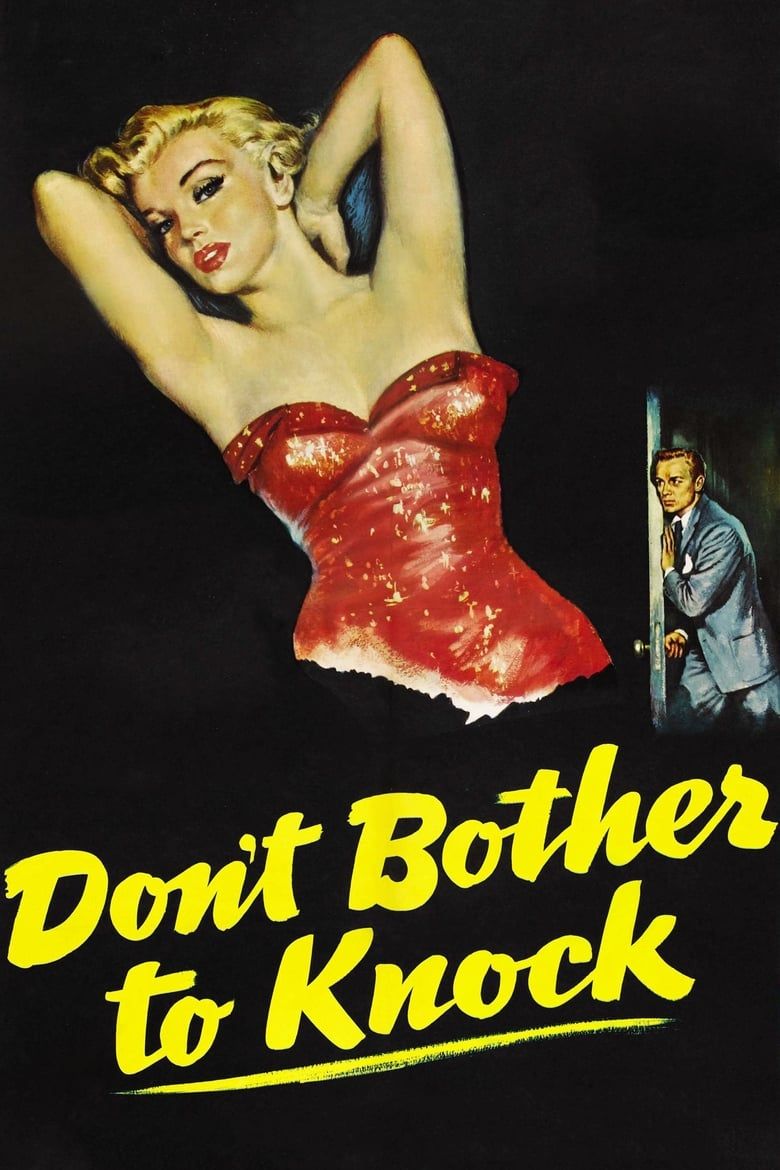
Don’t Bother to Knock
- Release Date
-
July 18, 1952
- Runtime
-
76 minutes
Cast
-
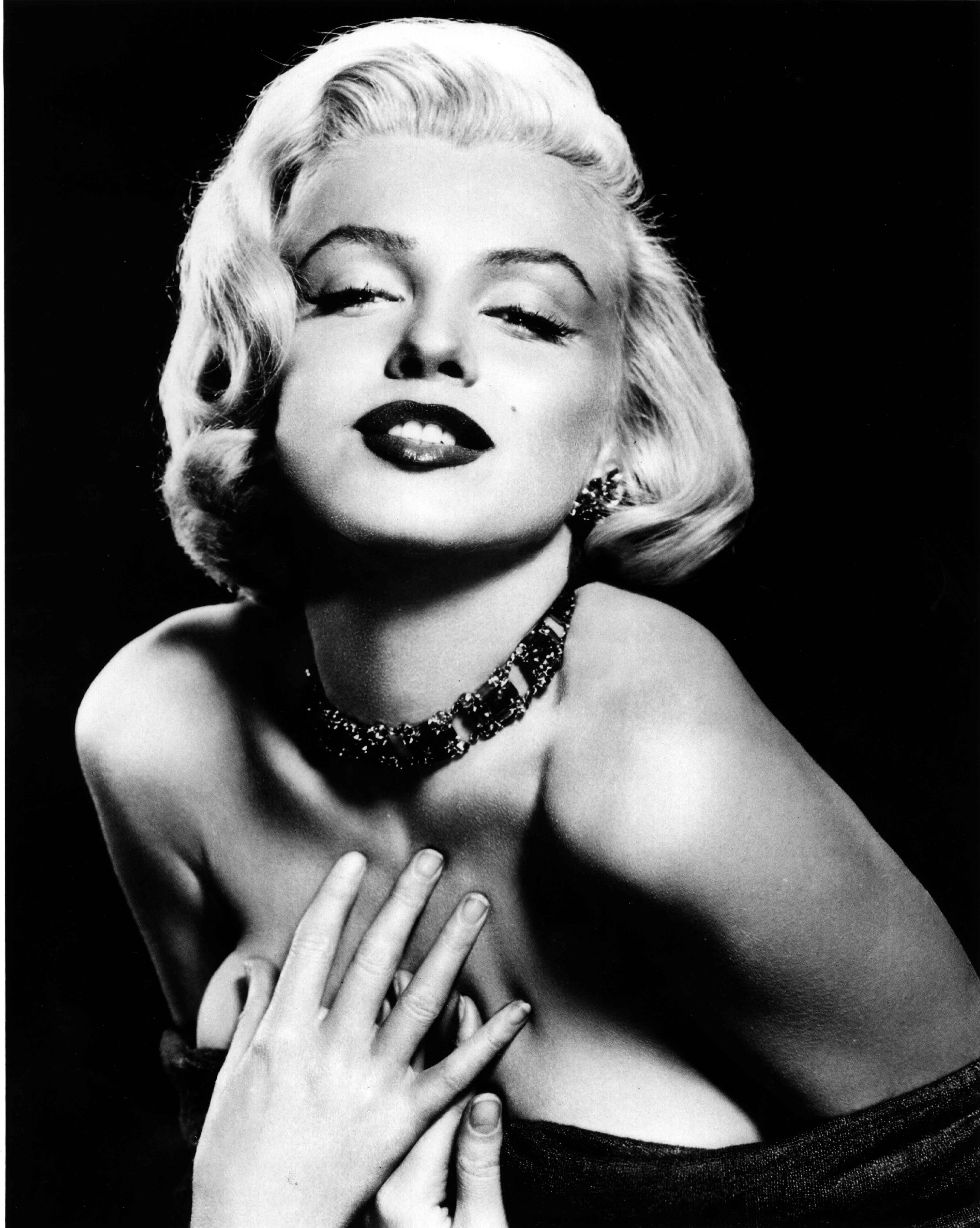
-

Richard Widmark
Jed Towers
-

-

Donna Corcoran
Bunny Jones
9
‘Jacob’s Ladder’ (1990)
Directed by Adrian Lyne
After returning home from serving in the Vietnam War, Jacob Singer (Tim Robbins) begins to experience strange hallucinations and cryptic flashbacks of memories Singer doesn’t exactly remember. As he tries to figure out the truth behind these horrific occurrences, his condition gets worse, sending him into a dark, downward spiral.
Jacob’s Ladder is a mind-bending cult classic that dives deep into the psychological aspects of a man’s unimaginable horrors and experience serving in one of the most brutal wars in history. Robbins delivers an emotional-driven performance that effortlessly entangles itself into the audiences’ minds, pulling them into his character’s inescapable nightmare and ultimately cements Jacob’s Ladder as a must-see psychological thriller.
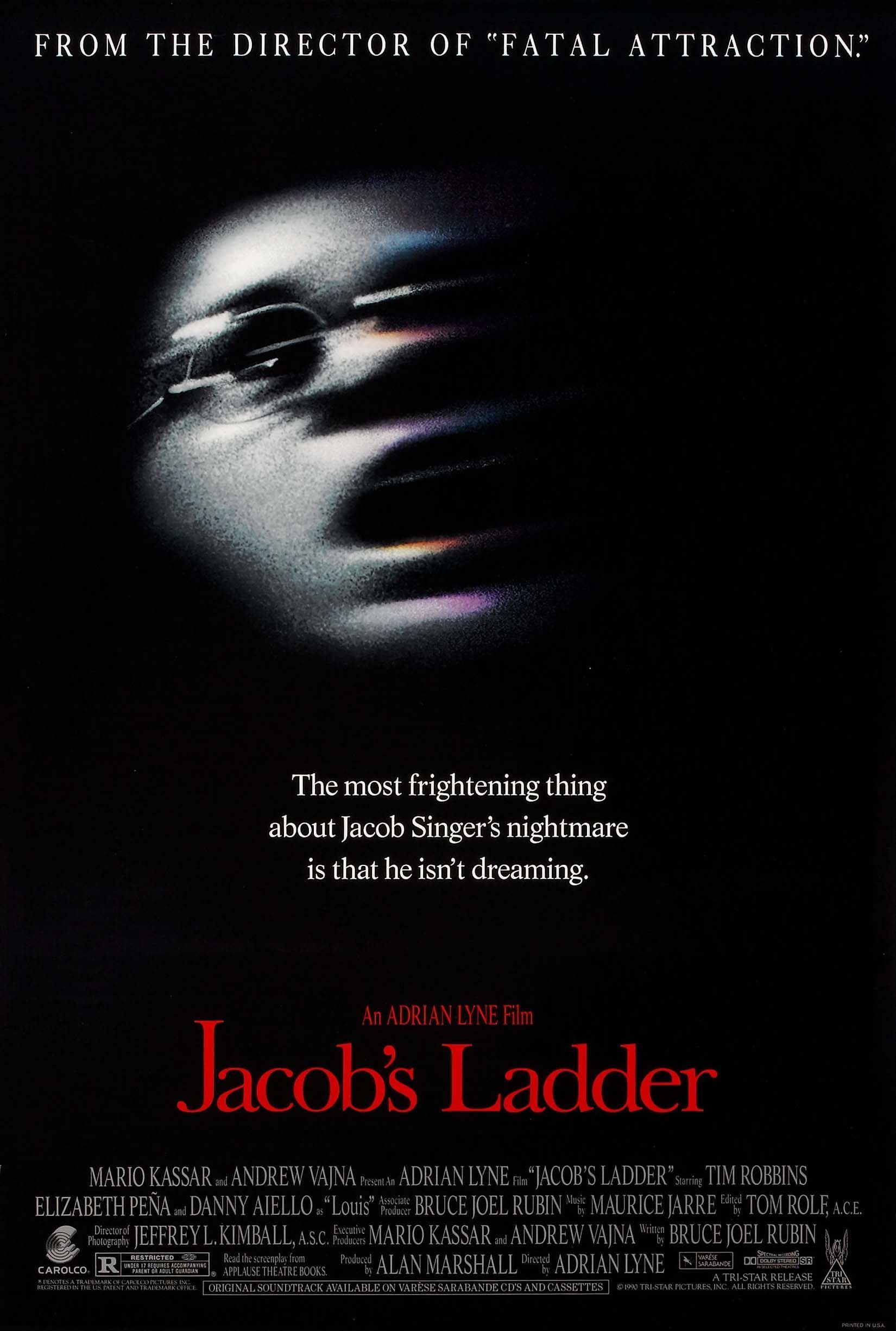
Jacob’s Ladder
- Release Date
-
November 2, 1990
- Runtime
-
113 minutes
8
‘Dressed to Kill’ (1980)
Directed by Brian De Palma
Brian De Palma‘s 1980 Dressed to Kill centers around a young woman, Liz Blake (Nancy Allen), who, after being the only witness to a woman’s brutal murder, eventually becomes the prime suspect in the case. In an effort to clear her name, Liz tries to track down the real killer and turns to the victim’s family and associates, including her psychiatrist (Michael Caine).
Dressed to Kill is a sexually charged Hitchcockian psychological thriller known for its innovative twist and its level of insufferable suspense that deems it to be an essential contribution to the genre. De Palma’s intricate camera work is a fitting homage to The Master of Suspense’s work, slowly building on the audience’s anticipation with prolonged turns down hallways and corners, leaving them helplessly at the edge of their seats.
7
‘Memento’ (2000)
Directed by Christopher Nolan
Leonard Shelby (Guy Pierce) suffers from short-term memory loss and is incapable of creating new memories, but the one thing he does remember is that his wife was murdered. Through the use of photos and detailed notes, Leonard starts each day trying to not only find the person who killed his wife, but also the one who is responsible for his condition.
Christopher Nolan‘s neo-noir psychological thriller, Memento, is based on Jonathan Nolan‘s 2001 short story, Memento Mori and follows a fractured narrative, creating a complex cinematic puzzle. While it’s known for its ingenious formula and exceptional performances, Memento also achieves a luring atmosphere with its interchanging black and white and colorized timeline of events which simulates the mindset of Pierce’s character, setting it apart from most other psychological thrillers.
6
‘The Spiral Staircase’ (1946)
Directed by Robert Siodmak
In a small New England town, a serial killer has been targeting residents who have disabilities and, as the police are nowhere close to apprehending the madman, everyone is on edge, including Mrs. Warren (Ethel Barrymore), who is concerned about her mute caregiver, Helen (Dorothy McGuire). In an effort to save her, Mrs. Warren orders Helen to leave town immediately, but before she can leave, the killer makes his way into the home where he lurks in the shadows while hunting his next victim.
The Spiral Staircase is a classic film noir and psychological thriller directed by Robert Siodmak, who is regarded as one of the best directors of the film noir genre. Despite the plot being a bit obvious, Siodmak’s swift and skillful direction and ominous cinematography creates a tedious game of cat and mouse and, with a group of characters who are alarmingly presentable psychopaths set in a quaint backdrop, The Spiral Staircase is undoubtedly a chilling psychological thriller.
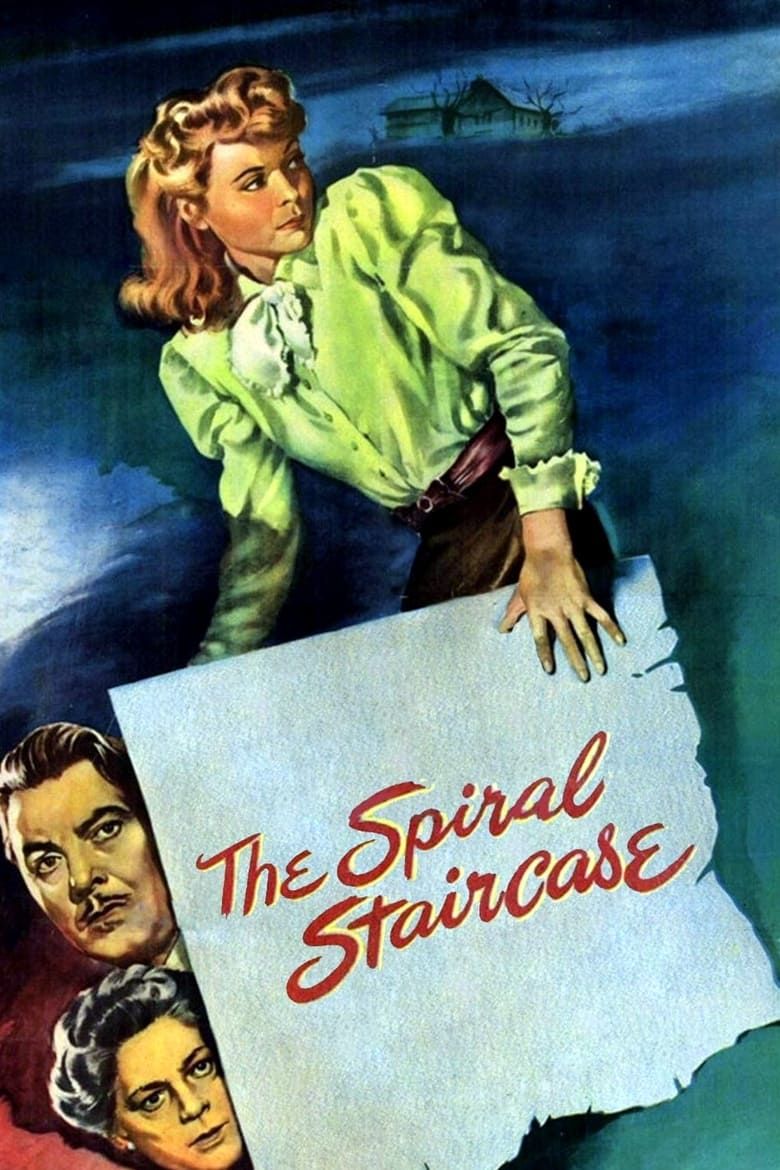
The Spiral Staircase
- Release Date
-
February 6, 1946
- Runtime
-
83 minutes
-

-

George Brent
Professor Warren
-

Ethel Barrymore
Mrs. Warren
-

5
‘Vertigo’ (1958)
Directed by Alfred Hitchcock
James Stewart stars as a former police officer, John “Scottie” Ferguson, who, after an incident left him with a severe fear of heights, retired from the force. Later, Scottie is hired by a friend to follow his wife, Madeleine (Kim Novak), whose recent behavior has caused him to become concerned about her safety. When Scottie fails to save Madeline, he falls into a serious depression until he meets a woman who reminds him of his lost love, leading to an all-consuming obsession and a twisted scheme.
One of Alfred Hitchcock’s most important films, Vertigo, is the epitome of a classic psychological thriller which redefined the genre through groundbreaking camera work and special effects, definitively earning a rightful spot on the list. The movie leads audiences through a labyrinth of a plot which is elevated to a remarkable cinematic experience through Hitchcock’s use of color, trick angle shots, and the dolly zoom, which was the first film to use the in-camera effect.
4
‘Taxi Driver’ (1976)
Directed by Martin Scorsese
Martin Scorsese’s Taxi Driver revolutionized the modern psychological thriller, pulling from the vast physical and emotional changes brought on during the 1970s. Robert De Niro stars as a Vietnam veteran, Travis Bickle, who works as a cab driver at night, but as he struggles to adjust back to civilian life, his combat experiences and the disintegrating morality of society begins to take a detrimental toll on his mind.
Despite some controversial reviews over the film’s excessive violence and graphic images, Taxi Driver was both a critical and commercial success and earned several Academy Award nominations. The film features a captivating combination of a psychological thriller and a neo-noir, taking one man’s mind plagued by loneliness and trauma and setting it against a gritty and decaying backdrop that resonates heavily with audiences’ psyche.
3
‘Cape Fear’ (1962)
Directed by J. Lee Thompson
Robert Mitchum stars as a convicted criminal, Max Cady, who, after serving an eight-year prison sentence, tracks down the lawyer, Sam Bowden (Gregory Peck), whose testimony put him behind bars. As Cady relentlessly terrorizes and harasses Bowden and his family, the attorney begins to reach his breaking point and eventually decides to fight fire with fire, leading to an intense showdown between the two men.
Cape Fear is a classic psychological thriller noted for its steady pace of suspense and an intensely sinister performance by Mitchum, who is both terrifying and mesmerizing. Cady’s intimidating stature and haunting gaze alone creates an immediately unsettling atmosphere that serves as the starting point of the film. While Cady’s actions escalate, the tension between Bowden and him gradually builds until finally pouring over like boiling water in a pot, resulting in an intense fight of good versus evil.
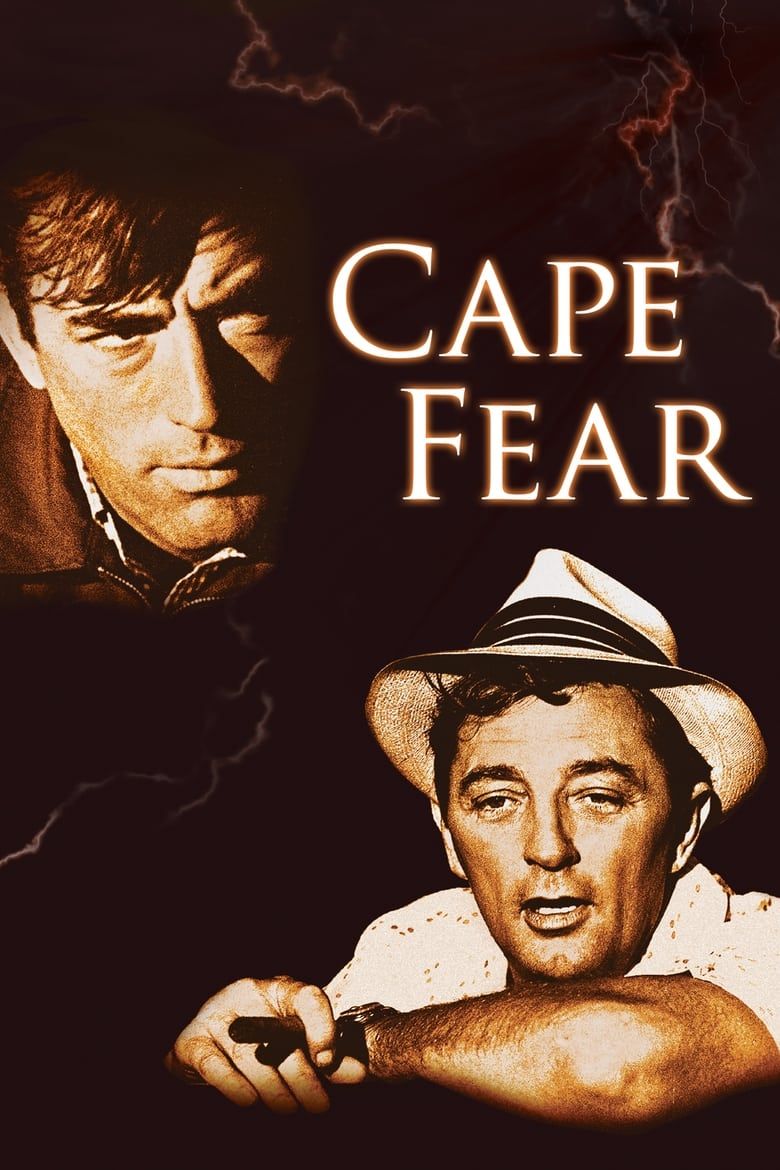
Cape Fear
- Release Date
-
April 12, 1962
- Runtime
-
105 minutes
2
‘The Silence of the Lambs’ (1991)
Directed by Jonathan Demme
When a serial killer known as Buffalo Bill (Ted Levine) kidnaps the daughter of a U.S. senator, the FBI turns to a young trainee, Clarice Starling (Jodie Foster), to try and gain insight into the killer’s mind and motivation by meeting with a brilliant but insane psychiatrist, Dr. Hannibal Lecter (Anthony Hopkins). In an intense race against time, Clarice must rely on her training and natural instincts to gain Lecter’s trust and find Buffalo Bill before it’s too late.
Based on Thomas Harris‘ 1988 novel, The Silence of the Lambs is a gripping psychological horror thriller that made Oscar history by winning in all five major categories. The film’s cinematography and set design of washed out, colorless backdrops correlate with the ominous ambiance of the plot as well as the array of eccentric characters, notably Hopkin’s character. Despite his menacing grin and cold, lifeless eyes, Lecter incites an unexplainable curiosity in audiences, coaxing them in with his unusual politeness and devilish charm, which serves as the heart and soul of this vital psychological thriller.
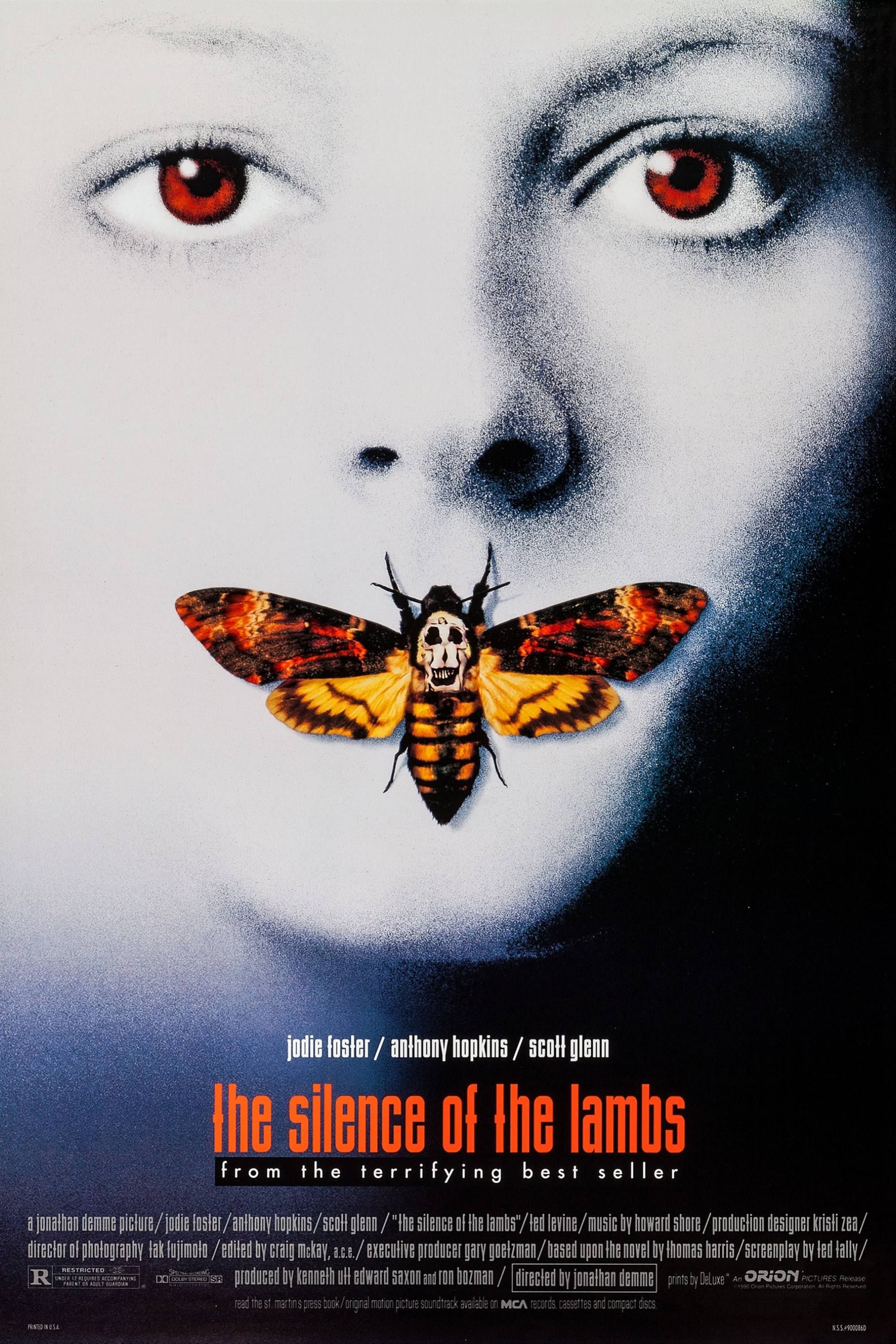
The Silence of the Lambs
- Release Date
-
February 14, 1991
- Runtime
-
118 Minutes
1
‘Rear Window’ (1954)
Directed by Alfred Hitchcock
When a photographer, Jeff Jefferies (James Stewart), is cooped up in his apartment with a broken leg, he tries to pass the time by watching his neighbors, eventually becoming familiar with their daily routines. One night, Jeff witnesses a heated argument between a married couple and when the wife mysteriously vanishes, he begins to suspect that her husband has something to do with her sudden disappearance.
Alfred Hitchcock’s classic psychological thriller, Rear Window, revolutionized the film genre with its series of point-of-view shots, which immerses audiences into the film, making them a participant in Stewart’s amateur sleuthing. While the film is celebrated for its innovative camera techniques, it’s also recognized for its vividly colored courtyard setting, conveying an intimate sensation between the audience and the movie’s group of unique characters that adds to the overall experience. Rear Window is a testament to Hitchcock’s unwavering faith in viewers, giving them just enough for their imagination to take over and providing the sole source of the film’s suspense and anticipation.
Source link

